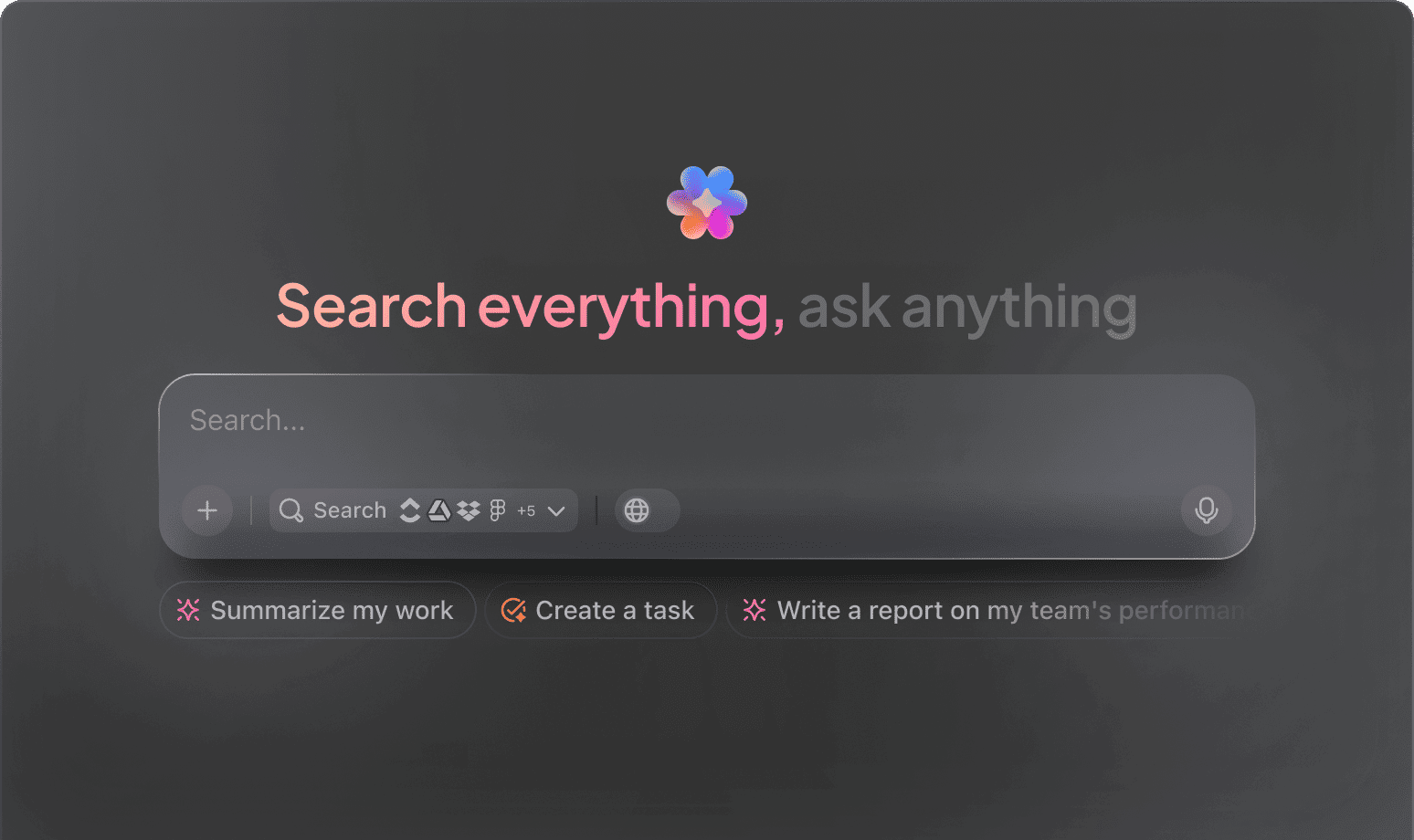AI Prompts for UX Design
Top AI Prompts to Elevate Your UX Design with ClickUp Brain
Craft intuitive user experiences, organize your design process, and push your UX projects forward using ClickUp Brain's intelligent prompts.
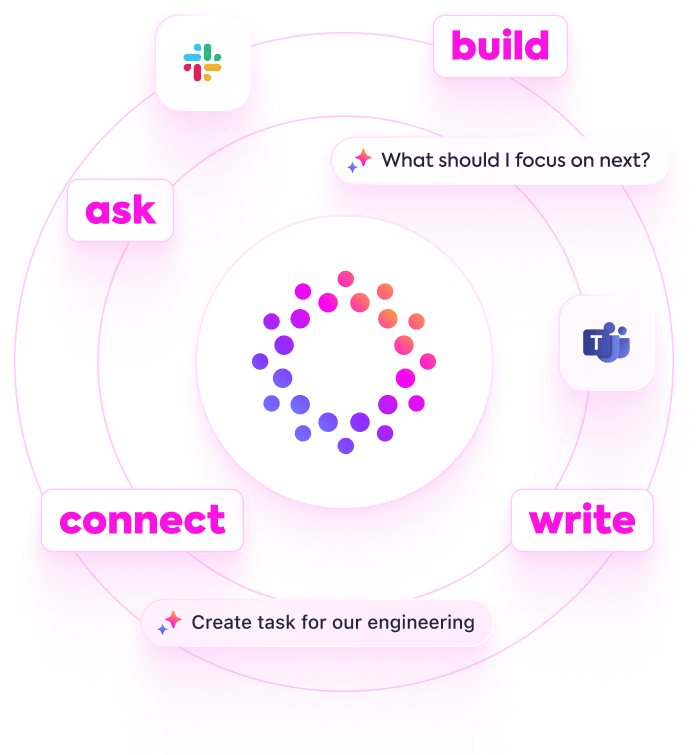
Trusted by the world’s leading businesses
AI for UX Innovation
Revolutionizing UX Design with AI-Powered Prompts in ClickUp Brain
Crafting exceptional user experiences goes beyond screens and interactions—it's about orchestrating every step behind the scenes.
From user research and wireframing to prototyping and usability testing, UX design demands juggling numerous tasks, feedback loops, and timelines. AI prompts are now pivotal in streamlining this complexity.
UX teams leverage AI to:
- Quickly identify user behavior patterns and design inspirations
- Generate initial wireframes, user flows, and interface copy effortlessly
- Distill extensive user feedback and research into concise insights
- Transform brainstorming notes into prioritized task lists and project plans
Integrated within familiar tools like documents, boards, and task trackers, AI in platforms such as ClickUp Brain acts as a silent partner—turning creative ideas into structured, actionable projects.
ClickUp Brain Compared to Conventional Tools
Why ClickUp Brain Stands Out
ClickUp Brain integrates seamlessly, understands your workflow, and empowers you to focus on design rather than setup.
Conventional AI Solutions
- Constantly switching apps to collect project details
- Repeating your design objectives with every query
- Receiving generic, irrelevant feedback
- Hunting through multiple platforms for a single asset
- Interacting with AI that lacks initiative
- Manually toggling between different AI engines
- Merely another add-on without deep integration
ClickUp Brain
- Deeply connected to your UX projects, files, and team communications
- Retains your design history and project goals
- Provides insightful, context-driven guidance
- Searches across all your design tools instantly
- Supports hands-free input with Talk to Text
- Automatically selects the optimal AI model: GPT, Claude, Gemini
- Dedicated desktop app for Mac & Windows optimized for performance
UX Design Prompt Collection
15 Essential AI Prompts for UX Design with ClickUp Brain (Validated)
Accelerate UX workflows—ideation, user research, and prototyping simplified.

Outline 5 innovative UI concepts for a mobile health app, inspired by the ‘Wellness 2025 Vision’ document.
Use Case: Speeds up creative brainstorming by leveraging existing design insights.
ClickUp Brain Behaviour: Analyzes linked documents to extract themes and propose fresh UI ideas.

Identify current UX patterns in budget-friendly fitness trackers popular in Europe.
Use Case: Informs design choices with market-relevant trends.
ClickUp Brain Behaviour: Aggregates findings from internal studies; Brain Max can supplement with external data if accessible.

Draft a user journey map for an onboarding flow based on ‘User Flow Sketch #12’ and previous research notes.
Use Case: Aligns cross-functional teams on user experience goals.
ClickUp Brain Behaviour: Extracts key steps and pain points from documents to create a structured journey outline.

Compare usability test results between Version A and Version B of the dashboard using the ‘UX Testing Q3’ report.
Use Case: Facilitates data-driven design decisions without manual analysis.
ClickUp Brain Behaviour: Summarizes quantitative and qualitative feedback from linked reports.

List top accessibility features implemented in leading educational apps, referencing design guidelines and audit reports.
Use Case: Supports inclusive design by highlighting proven solutions.
ClickUp Brain Behaviour: Scans internal resources to identify common accessibility practices and their effectiveness.

From the ‘Interaction Design Specs’ doc, generate a checklist for UI component consistency testing.
Use Case: Streamlines quality assurance with a ready-to-use verification list.
ClickUp Brain Behaviour: Extracts criteria and formats them into a clear checklist within tasks or documents.

Summarize 3 emerging voice interaction trends in smart home UX from recent user studies and tech reviews.
Use Case: Keeps design teams informed on evolving interaction methods.
ClickUp Brain Behaviour: Identifies recurring themes and insights from linked research materials.

From the ‘Millennial UX Preferences’ survey, summarize key desires for mobile app navigation.
Use Case: Helps tailor navigation designs to target user expectations.
ClickUp Brain Behaviour: Analyzes survey data to highlight common preferences and feedback.

Craft concise and engaging microcopy for the app’s notification settings screen using the tone guide in ‘BrandVoice.pdf.’
Use Case: Accelerates UI text development while maintaining brand voice.
ClickUp Brain Behaviour: References tone guidelines to suggest varied copy options for interface elements.

Summarize updates in GDPR 2024 impacting user data consent flows.
Use Case: Ensures compliance by informing design adjustments.
ClickUp Brain Behaviour: Condenses relevant legal documents; Brain Max can integrate public updates if available.

Generate layout and spacing guidelines for mobile forms, referencing regional usability standards in our workspace.
Use Case: Guarantees adherence to local UX best practices.
ClickUp Brain Behaviour: Extracts measurement rules and recommendations from internal documents to create a compliance checklist.

Create a usability testing protocol based on ‘User Testing Framework 2025’ and recent project reports.
Use Case: Supports QA teams with structured test plans.
ClickUp Brain Behaviour: Identifies testing criteria and organizes them into actionable tasks grouped by test objectives.

Compare personalization features across top e-commerce apps using our competitive analysis files.
Use Case: Informs feature prioritization and innovation strategies.
ClickUp Brain Behaviour: Summarizes documented comparisons into clear, digestible formats like tables or briefs.

What new interaction models are emerging in AR/VR UX since 2023?
Use Case: Guides R&D teams with insights on cutting-edge user experiences.
ClickUp Brain Behaviour: Synthesizes trends from internal research, concept notes, and uploaded studies.

Summarize main pain points reported by users in Southeast Asia for mobile banking apps (navigation, security, responsiveness).
Use Case: Drives targeted improvements based on regional user feedback.
ClickUp Brain Behaviour: Extracts and prioritizes issues from surveys, support tickets, and feedback documents.
Elevate UX Design Efficiency with ClickUp Brain
Cut down on revisions, unify your design team, and produce superior results through AI-enhanced processes.





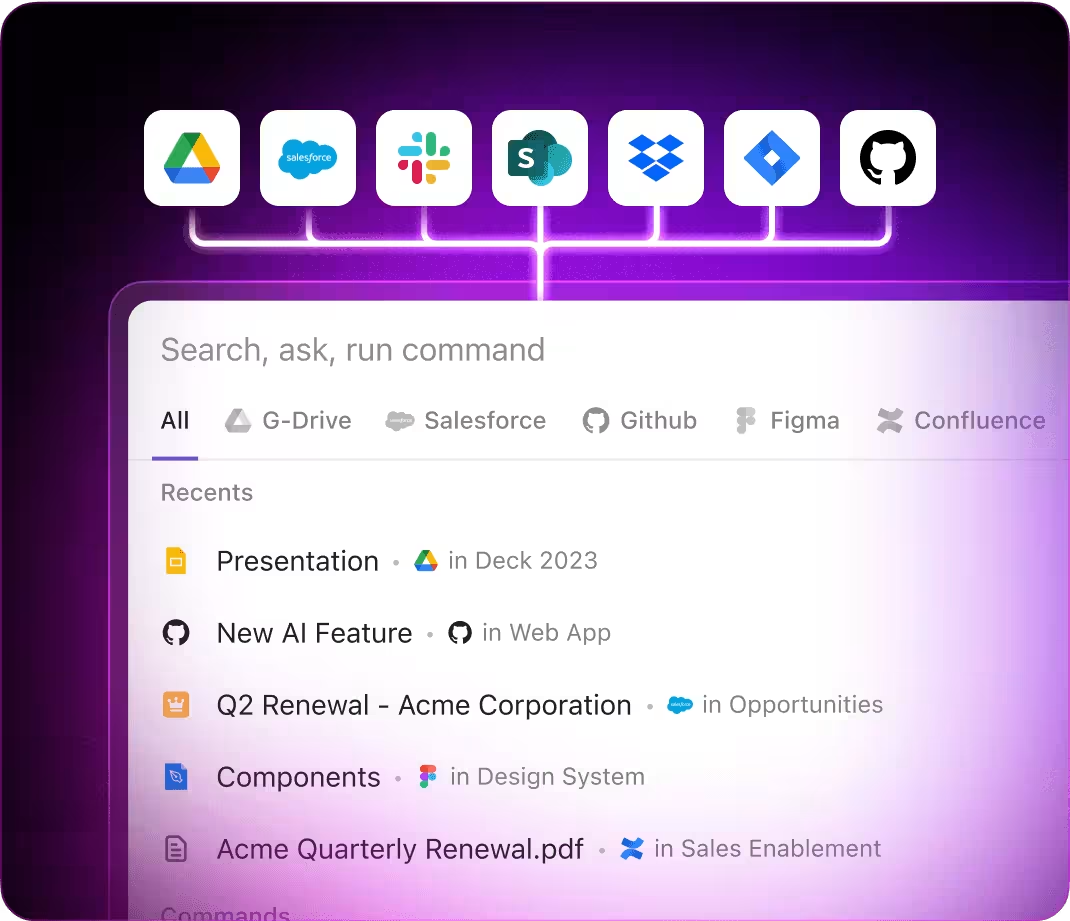
AI Applications
Leading 3 Applications of AI Prompts in UX Design Processes
Speed up your design cycles, enhance precision, and discover innovative ideas through AI-powered assistance
From Sketches to Structured Design Documents
Initial UX ideas usually start as fragmented sketches and unorganized thoughts. ClickUp Brain organizes these into clear, collaborative design briefs right inside ClickUp Docs.
Leverage ClickUp Brain to:
- Transform scattered notes into polished, actionable templates
- Create fresh concepts informed by previous design projects (using context-sensitive AI writing)
- With Brain Max, instantly explore past UX patterns, user feedback, and design assets to inspire your next prototype.
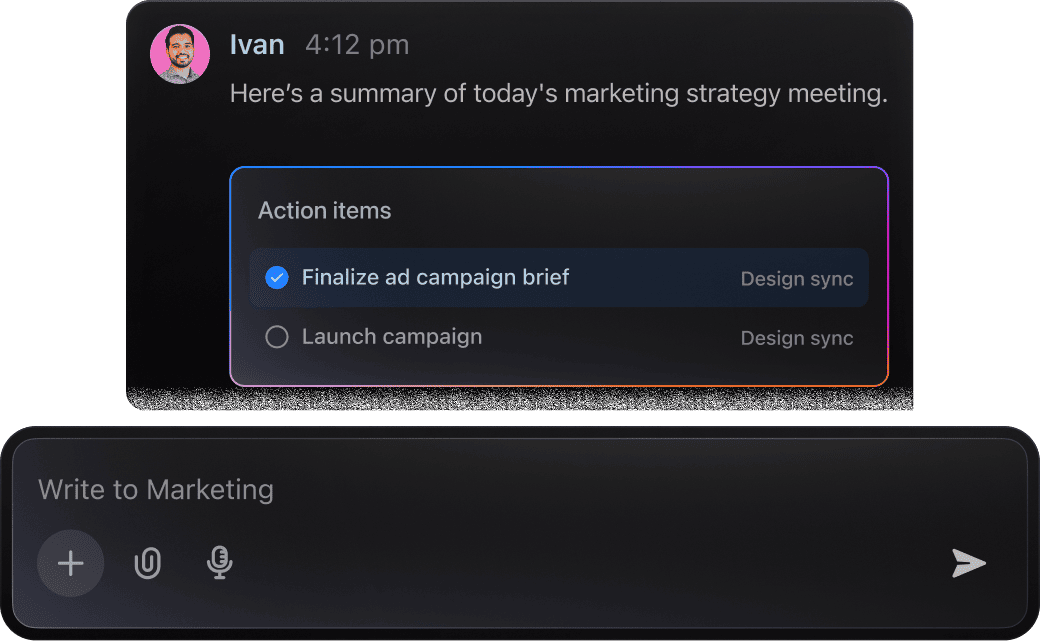
From UX Concepts to Development
Developers often navigate through detailed design feedback and annotations. ClickUp Brain streamlines this by pinpointing key tasks, highlighting potential design gaps, and crafting clear next steps from your UX documentation.
Leverage ClickUp Brain to:
- Condense user experience critiques documented in tasks or Docs
- Convert UX annotations into actionable development tickets
- Compose comprehensive design handoff briefs effortlessly
- With Brain Max, instantly retrieve past design choices, component analyses, or collaboration threads throughout your workspace—eliminating tedious searches through wireframe comments.
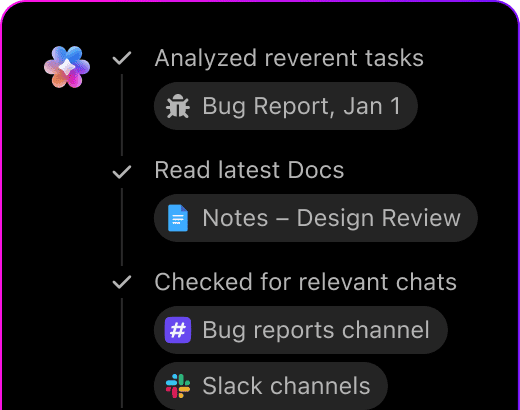
UX Design for Automotive Interfaces
Crafting user-friendly infotainment and dashboard experiences involves managing extensive user feedback, testing results, and design requirements. ClickUp Brain simplifies this process by distilling key findings and producing consistent, brand-aligned UX content.
Leverage ClickUp Brain to:
- Extract meaningful points from user interviews
- Create interface text that matches your brand voice for various displays
- Convert feedback discussions into actionable design or bug tickets
- Brain Max enhances this by providing quick access to previous interface research and comparable vehicle model launches, supporting long-term development cycles.
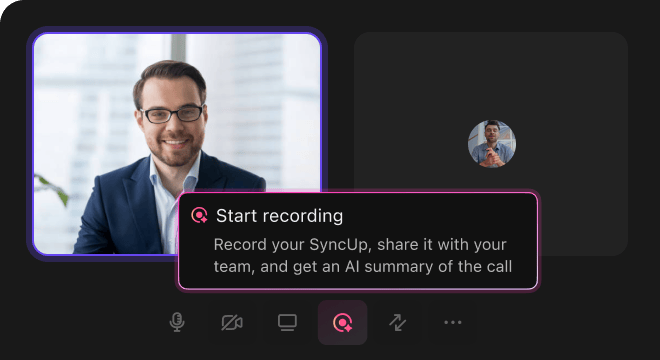
AI Advantages
How AI Prompts Revolutionize UX Design Processes
Integrating AI prompt workflows enhances every phase of your UX design journey:
- Accelerate brainstorming: Transform rough concepts into wireframes, style guides, and user stories swiftly
- Minimize revisions: Detect design gaps by analyzing previous iterations and user feedback
- Align your team: AI-crafted summaries and reports ensure everyone stays informed and coordinated
- Make informed choices: Generate insights on user trends and accessibility standards through targeted prompts
- Innovate boldly: Unlock creative directions that push beyond conventional user experience boundaries.
Everything merges effortlessly within ClickUp, turning your AI-generated content into actionable docs, tasks, and visual dashboards that drive your UX projects forward.
Prompt Strategies
Crafting Effective Prompts for UX Design
Clear prompts unlock creative solutions.

Define your user and context clearly
Vague prompts yield unfocused results. Specify details like device type (e.g., “mobile app” or “wearable interface”), user needs (e.g., “accessibility for seniors” or “quick task completion”), or environment (e.g., “noisy public spaces”).
Example: “Design a login flow for a fitness tracker app aimed at busy professionals.”

Use side-by-side comparisons to refine choices
AI excels at contrasting design options. Prompt it to compare features, usability, or visual styles to help you decide between alternatives.
Example: “Compare navigation patterns between a banking app and a budgeting app for ease of use.”

Focus prompts on user goals
Frame your prompt around what the user needs to accomplish. Instead of broad requests, specify the task or problem to solve:
Example: “Outline a user onboarding process for a meditation app that encourages daily engagement.”

Specify the desired output format
Want wireframe descriptions, user journey steps, or feature lists? Clearly state the format to get structured, actionable responses.
Example: “Provide a bullet list of 5 key accessibility features for an e-commerce website with explanations.”
Accelerate UX Innovation with ClickUp Brain
ClickUp Brain goes beyond project tracking—it's your creative partner throughout the entire UX design process.





